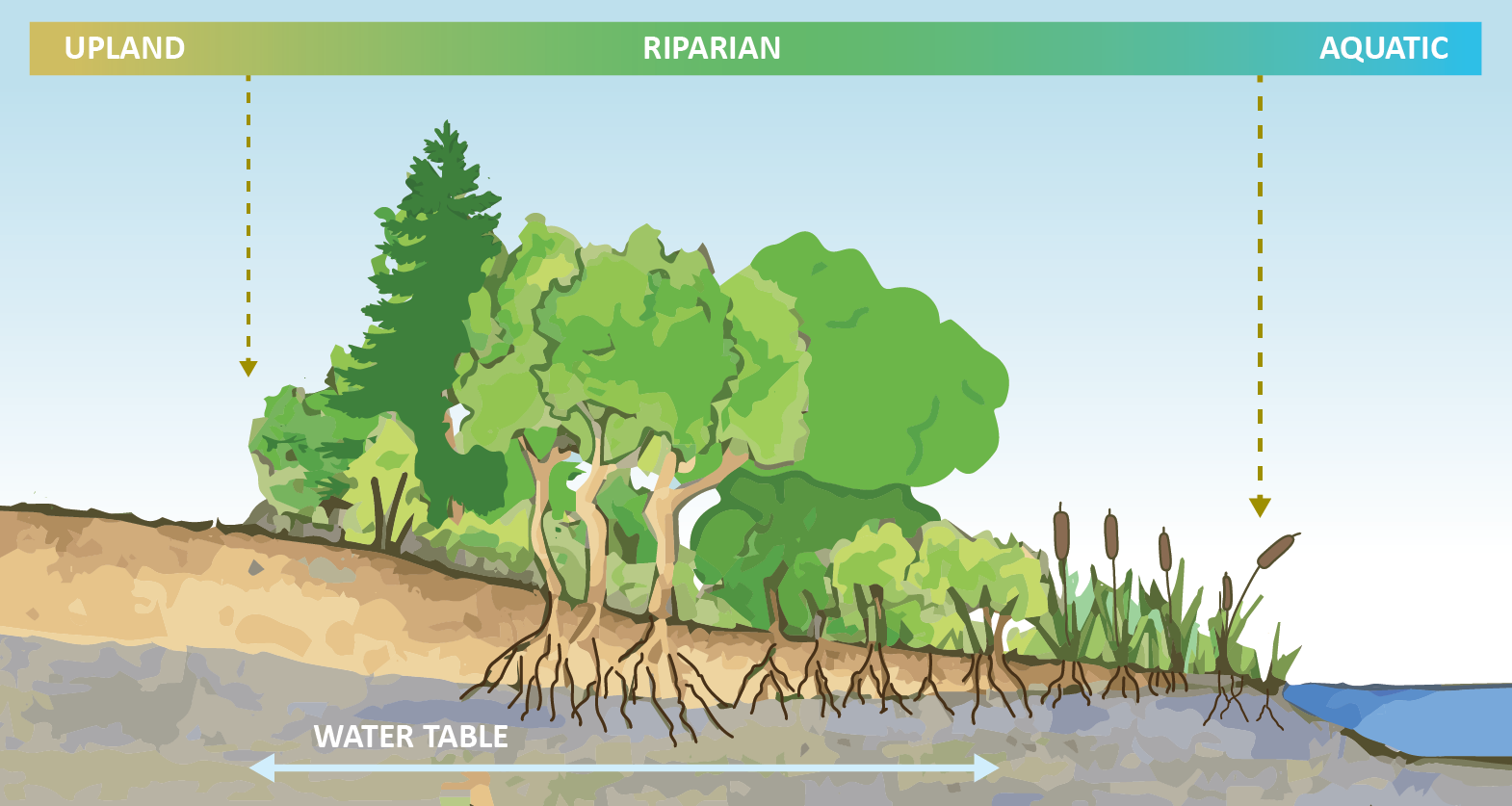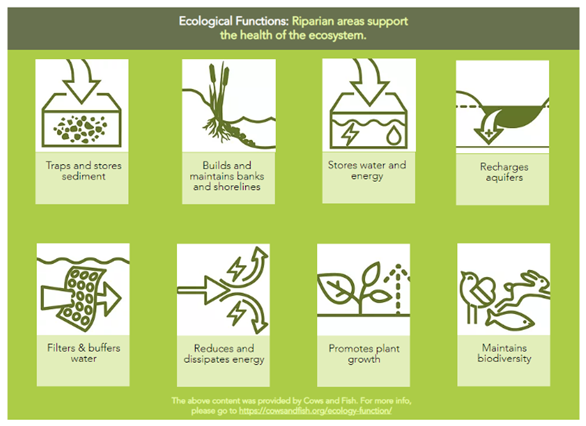WHAT IS THE RIPARIAN HEALTH ACTION PLAN?
In 2016, the Headwater Alliance asked NSWA to bring together different groups with programs that help riparian areas. This led to the Riparian Health Action Plan (RHAP), which has three phases:
Phase 1 Assess the condition of riparian areas in the North Saskatchewan watershed.
Phase 2 Create a Riparian Strategy that lays out goals for riparian health and gives tips on policies and by-laws. Develop tools to guide riparian management.
Phase 3 Support landowners to conserve and restore riparian areas. Showcase the riparian programs that already exist to do this on-the-ground work by creating the Riparian Web Portal.


